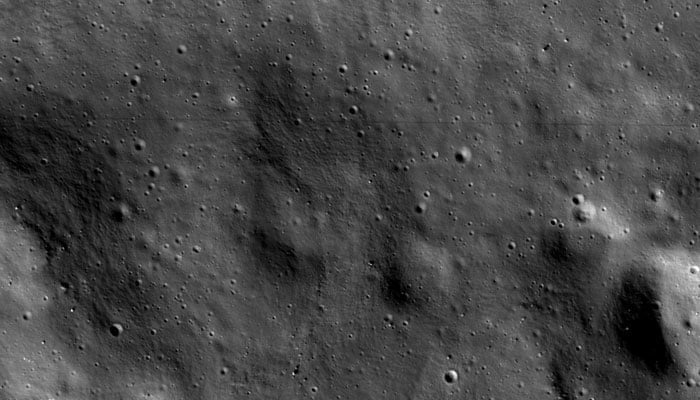When we observe astronauts moving on the moon’s surface, their movements appear bouncier and lighter than what we experience on Earth. This difference in movement can be attributed to the influence of gravity. Let’s explore the moon’s gravitational field, address intriguing questions about our nearby satellite, and delve into its composition.
One of the common questions that arise is whether the moon has gravity. The answer is yes, the moon does possess gravity. According to NASA, the moon’s surface gravity measures approximately 1.62 meters per second squared, which is significantly lower than Earth’s surface gravity of approximately 9.8 meters per second squared. The disparity in surface gravity explains why astronauts seem to move with greater buoyancy on the moon. Weight is directly influenced by gravity, so in an environment with weaker gravitational pull, individuals experience reduced weight.
However, it is essential to note that the moon’s gravitational field is not uniform throughout. NASA’s Gravity Recovery and Interior Laboratory (GRAIL) mission discovered irregularities known as “Bouguer” gravity anomalies. These anomalies result from variations in crustal thickness or density of the crust or mantle. As a result, certain areas on the moon exhibit stronger gravity, while others possess weaker gravitational forces.
Despite misconceptions, the moon is not classified as a planet. Instead, it is Earth’s only natural satellite. It orbits around our planet in an elliptical path. In our solar system, the moon is the fifth largest among over 200 known moons, as stated by NASA. Its role as Earth’s satellite contributes to various phenomena, including tidal effects.
Regarding the moon’s composition, the whimsical saying that the moon is made of green cheese is far from accurate. Instead, the moon is composed of various minerals. It consists of three distinct layers: the core, mantle, and crust. According to NASA, the moon’s core is described as “iron-rich.” The mantle, on the other hand, is believed to be primarily composed of minerals like olivine and pyroxene, which consist of magnesium, iron, silicon, and oxygen atoms. The moon’s crust contains a mixture of elements such as oxygen, silicon, magnesium, iron, calcium, and aluminum, along with trace amounts of titanium, uranium, thorium, potassium, and hydrogen.
Understanding the dynamics of gravity on the moon provides valuable insights into the behavior of objects and the movements of astronauts in this unique environment. It allows us to comprehend the differences in weight and mobility experienced by individuals on the lunar surface. Additionally, studying the moon’s composition enhances our understanding of its structure and provides comparative knowledge between the moon, Earth, and other celestial bodies.
In conclusion, the moon does have gravity, although its gravitational force is significantly weaker compared to Earth. The moon’s surface gravity creates an environment where astronauts appear to move with greater ease and buoyancy. However, the moon’s gravitational field is not consistent throughout, as evidenced by Bouguer gravity anomalies. As Earth’s natural satellite, the moon plays a vital role in shaping our planet’s tides. Its composition consists of various minerals arranged in the core, mantle, and crust layers. By understanding moon gravity and composition, we gain valuable insights into the unique characteristics of this celestial body and its distinctions from Earth and other objects in the cosmos.


